Top 10 Data Science Tools in 2025
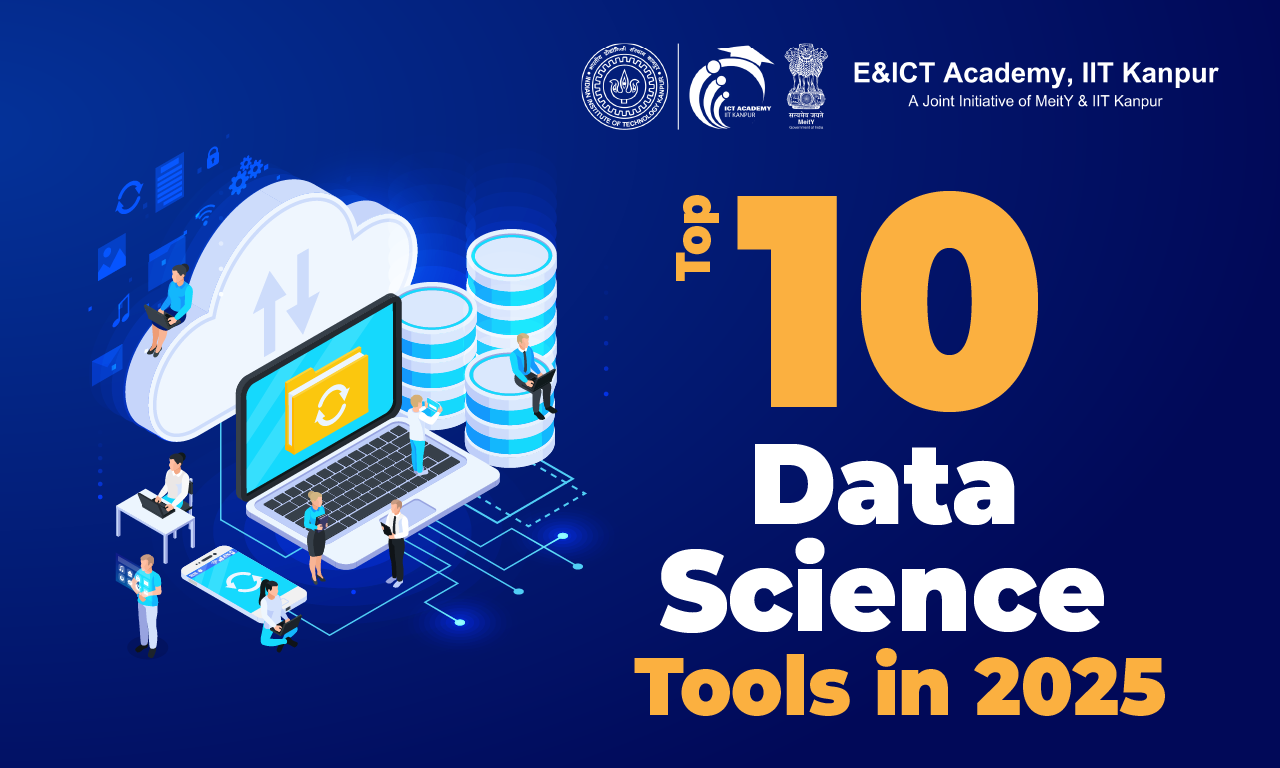
What is a Data Science Tool?
A data science tool is software or application that aids data scientists in processing, analyzing, and interpreting large datasets. These tools are crucial for performing various tasks such as data cleaning, visualization, statistical analysis, machine learning, and more. They streamline workflows, enhance productivity, and allow data scientists to draw meaningful insights from complex data.
Top 10 Data Science Tools to Learn in 2025
1. Python
Python – the most useful data science tool, that remains a cornerstone in the data science ecosystem due to its versatility and ease of use. It boasts a rich set of libraries like Pandas for data manipulation, NumPy for numerical computations, and SciPy for scientific computing. Additionally, frameworks such as sci-kit-learn for machine learning and Matplotlib or Seaborn for data visualization make Python a comprehensive tool for data science tasks.
Features:
- Versatile and widely used programming language.
- Extensive libraries (e.g., Pandas, NumPy, SciPy) for data manipulation and analysis.
- Strong community support and abundant resources.
- Integrates well with other tools and platforms.
2. R
R, another top data science tool is a programming language specifically designed for statistical analysis and data visualization. It excels in tasks that require deep statistical analysis and graphical representation of data. With packages like ggplot2 for advanced plotting, dplyr for data manipulation, and caret for machine learning, R provides a robust environment for conducting rigorous data analysis.
Features:
- Specifically designed for statistical analysis and data visualization.
- Comprehensive packages (e.g., ggplot2, dplyr) for robust data handling.
- Ideal for academic and research purposes.
- Active community and extensive documentation.
3. TensorFlow
Developed by Google, TensorFlow is an open-source machine learning framework widely used for building and deploying machine learning models, especially deep learning models. TensorFlow’s flexibility and scalability make it suitable for both research and production environments. It supports a variety of neural network architectures and can run on multiple CPUs and GPUs, enabling efficient handling of large datasets and complex computations.
Features:
- Open-source machine learning framework developed by Google.
- Excellent for building and deploying machine learning models.
- Supports deep learning and neural network architectures.
- Scalable and suitable for large-scale data projects.
4. Apache Spark
Apache Spark is a powerful open-source unified analytics engine designed for large-scale data processing. Its in-memory computing capabilities significantly speed up data processing tasks, making it ideal for big data analytics. Spark supports multiple programming languages, including Python, R, Java, and Scala, which adds to its flexibility.
Features:
- Open-source unified analytics engine for large-scale data processing.
- Fast data processing and in-memory computing capabilities.
- Supports various programming languages (Python, R, Java, Scala).
- Ideal for big data analytics and real-time data processing.
Want to dive deep into the Data Science fundamentals? You should definitely look at the Data Science Course offered by E&ICT, IIT Kanpur certification. With this course, you not only gain data science skills, but also will be provided with globally recognized certifications, and placement guidance.
5. Jupyter Notebooks
Jupyter Notebooks is an open-source web application that allows data scientists to create and share documents containing live code, equations, visualizations, and narrative text. It supports over 40 programming languages, including Python, R, and Julia, making it a versatile tool for interactive data analysis and visualization. Jupyter Notebooks facilitate an iterative and exploratory approach to data science, enabling easy sharing and collaboration on data science projects.
Features:
- Open-source web application for creating and sharing documents with live code, equations, visualizations, and narrative text.
- Supports over 40 programming languages.
- Interactive and ideal for data analysis, visualization, and machine learning.
- Facilitates collaborative work and reproducibility.
6. Tableau
Tableau is a leading data visualization tool that helps data scientists and analysts create interactive and shareable dashboards. Its user-friendly interface, coupled with powerful visualization capabilities, makes it accessible even to those without a strong technical background. Tableau can connect to a wide variety of data sources, including SQL databases, spreadsheets, and cloud services, allowing seamless integration into existing workflows.
Features:
- Leading data visualization tool for creating interactive and shareable dashboards.
- User-friendly interface with drag-and-drop functionality.
- Connects to various data sources (SQL, Excel, cloud services).
- Powerful for business intelligence and making data-driven decisions.
7. SQL
SQL (Structured Query Language) is fundamental for managing and querying relational databases. It is essential for data extraction, transformation, and loading (ETL) processes, making it a critical tool for data scientists who need to manipulate and manage large structured datasets. SQL’s efficiency in handling data operations and its widespread use in database management systems make it indispensable for data storage, retrieval, and manipulation tasks.
Features:
- Essential for querying and managing relational databases.
- The standard language for database management and manipulation.
- High efficiency in handling structured data.
- Integral for data extraction, transformation, and loading (ETL) processes.
8. Hadoop
Hadoop is an open-source framework that enables the distributed storage and processing of large data sets across clusters of computers. Its core components include the Hadoop Distributed File System (HDFS) for data storage and the MapReduce programming model for data processing. Hadoop is scalable and cost-effective, making it suitable for handling massive volumes of data.
Features:
- Open-source framework for distributed storage and processing of large data sets.
- Scalable and cost-effective for handling big data.
- Comprises modules like HDFS (Hadoop Distributed File System) and MapReduce.
- Suitable for batch processing and large-scale data analytics.
9. Power BI
Power BI, developed by Microsoft, is a business analytics service that provides tools for aggregating, analyzing, visualizing, and sharing data. It integrates seamlessly with other Microsoft products like Excel and Azure, offering a familiar interface for users within the Microsoft ecosystem. Power BI provides real-time data access, enabling users to create interactive dashboards and reports that can be shared across organizations.
Features:
- Microsoft’s business analytics service for visualizing data and sharing insights.
- Seamless integration with other Microsoft products (Excel, Azure).
- Real-time data access and interactive dashboards.
- User-friendly with strong data modeling capabilities.
10. KNIME
KNIME (Konstanz Information Miner) is an open-source platform for data analytics, reporting, and integration. It features a graphical user interface that allows users to design data workflows through a drag-and-drop interface, eliminating the need for extensive programming knowledge. KNIME supports integration with various data sources and provides a wide range of tools for data preprocessing, statistical analysis, and machine learning.
Features:
- Open-source platform for data analytics, reporting, and integration.
- Modular and allows for easy integration of various data sources.
- Drag-and-drop interface for designing data workflows.
- Suitable for data preprocessing, statistical analysis, and machine learning.
GUVI’s collaboration with E&ICT, IIT Kanpur offers a range of technical and business courses in regional languages. This partnership is facilitated through the IFACET. The courses are made to match the changing demands of the labor market and are intended to offer prospects for a transformative professional career.
Wrap Up
Data science tools are essential for transforming raw data into actionable insights. The tools listed above represent the best in 2025, each offering unique features and capabilities tailored to different aspects of data science. From programming languages like Python and R to visualization tools like Tableau and Power BI, and big data frameworks like Spark and Hadoop, these tools empower data scientists to tackle diverse challenges efficiently and effectively.
FAQs on Top 10 Data Science Tools in 2025
How does Tableau help data scientists?
Tableau helps data scientists by providing powerful data visualization capabilities. It allows users to create interactive and shareable dashboards, making it easier to analyze data and communicate insights. Tableau can connect to various data sources, facilitating seamless integration into workflows.
Do data scientists use Excel?
Yes, data scientists use Excel for data manipulation, basic statistical analysis, and visualization. While Excel is not suitable for handling very large datasets or complex data analysis, it is a handy tool for quick data exploration and reporting.
Can KNIME be used by non-programmers in data science?
Yes, KNIME is user-friendly for non-programmers due to its graphical user interface that allows users to design data workflows through a drag-and-drop interface. It is suitable for data preprocessing, statistical analysis, and machine learning without extensive programming knowledge.
Why is Python preferred over other programming languages in data science?
Python is preferred in data science due to its versatility, ease of use, and extensive libraries for data analysis, machine learning, and visualization. Its strong community support and integration with other tools and platforms make it a comprehensive tool for data science tasks.
Recommended Courses

Advanced Excel & Data Visualization for Business Success
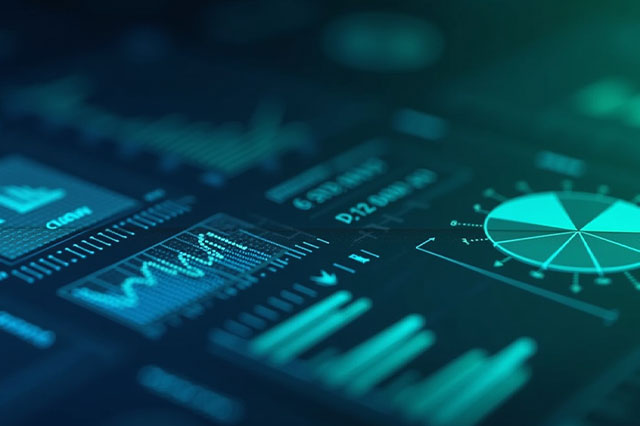
Advanced Excel with Power BI
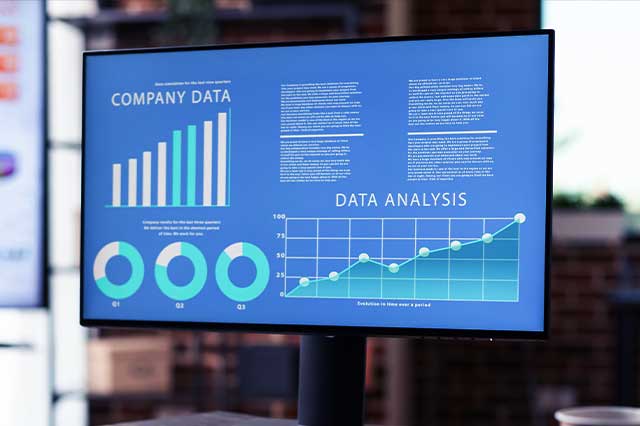
Business Analytics
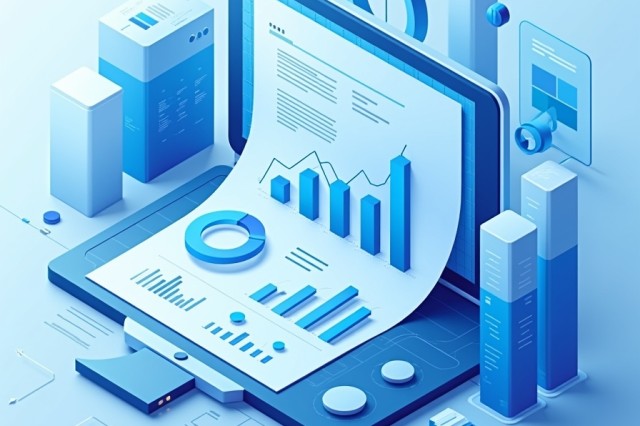
Data Analytics Essentials

Professional Certificate Course in Data Analytics and Generative AI

Professional Certificate course in Data Science
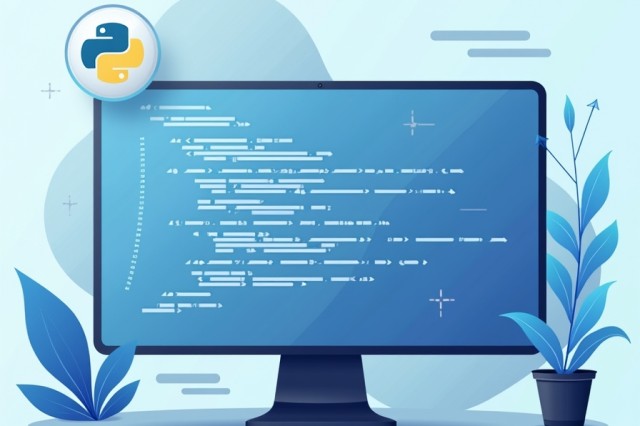
Python for Data Science



